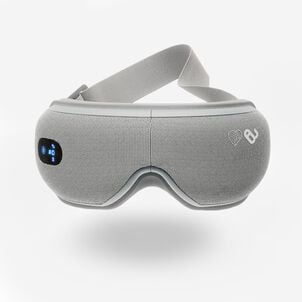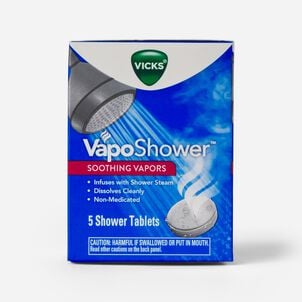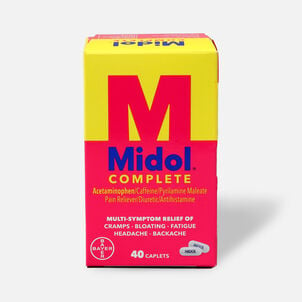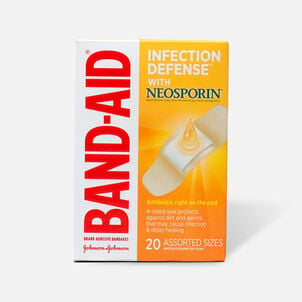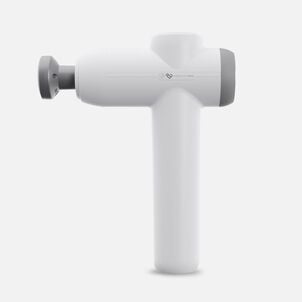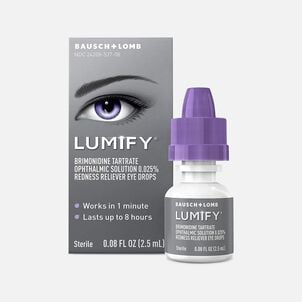How HSAs Can Benefit Single Moms
Every year, Mother's Day cards say the same thing: how amazing, selfless and nurturing mothers are. And rightfully so—mothers give so much of themselves to raise, protect and help their children fulfill their dreams.
But being a mother is no easy feat and not something that can be summed up in a greeting card. It's a trying job, and it's even more difficult if you're doing it on your own. Single mothers make up 25% of all American families—and they need and deserve special consideration.

Why an HSA can help
If you have a qualified high-deductible health insurance plan (HDHP), you're eligible for a health savings account (HSA). Contributions to an HSA are tax deductible, so for every dollar you contribute, you won’t have to pay income taxes on that dollar. (That means you’re effectively increasing your take-home pay, while also building a personal healthcare fund to help pay for your medical expenses and everyday health needs—it’s a win-win!)
HSA withdrawals are also tax-free as long as you use them for qualified medical expenses, which include doctor's visits, prescriptions, lab work and other services and procedures. Earnings from your HSA’s growth over time also aren't taxed. And, every dollar in your HSA is yours for life. There’s no deadline to spend; no use-it-or-lose-it timeline for these accounts.
You can open an HSA by yourself, but your employer may also provide an option for you to enroll in an HSA. Some employers even contribute money to their employees’ HSAs as a way to encourage employees to choose qualified HDHPs.
What can you use an HSA for?
In addition to using your HSA funds to cover things like doctor visits, dental and vision care costs, prescriptions, and copays, there’s a wide variety of everyday health and wellness products that are HSA eligible. From pain relief, to sunscreen, to tech wearables, many of the products you may already be buying can be purchased with tax-free HSA funds. To learn more about what qualifies, check out our comprehensive HSA Eligibility List.
How HSAs benefit children
You can use your HSA to pay for your own medical expenses and your child's medical expenses if you claim that child as a dependent on your taxes. If you and the child’s other parent take turns claiming the child as a dependent, you won't be able to pay their medical expenses from your HSA if you're not claiming them that year.
However, your child doesn't have to be under your own health insurance plan. If your child has insurance through Medicaid or their other parent's health insurance, you can still pay their medical expenses with your HSA if they're otherwise eligible.
Your child has to be under your insurance plan if you want to contribute the family limit to your HSA (that's $8,300 in 2024). If your child is on a separate plan and you participate in the health plan on your own, you may only contribute the individual maximum of $4,150.
How long can children benefit?
If you have an HSA, you can keep your healthcare dependents on your high-deductible health plan (HDHP) until they turn 26 years old. However, the IRS only allows you to use your own HSA funds to pay for qualified medical expenses for any dependents you claim on your tax return. This means that once your child turns 19 (or 24 if they are a student), they may still be on your HDHP, but you can’t use your HSA for their medical expenses.
Once your child is no longer your tax dependent, they are eligible to open their own HSA, even if they are still enrolled in your HDHP. Since they are part of your family HDHP, they can contribute up to the family maximum. Additionally, you can contribute to your child’s HSA on their behalf if you choose to. You should note, though, if you contribute to your child’s HSA, your child will receive the tax benefits for those contributions – not the parent.
If you are able to help your child grow their HSA, it could help your children be more prepared for medical emergencies while they are younger, and help them be more comfortable enrolling in their own HDHP knowing they won’t be starting their HSA from scratch.
What else to know about your HSA
HSAs are not “use it or lose It”
Most health care benefits are closely tied to the calendar year. Accounts like Flexible Spending Accounts (FSA) or Health Reimbursement Arrangements (HRA) put your family in the position of forfeiting unused money (with some limited exceptions) at the end of the plan year. Any money you have in an HSA at the end of the year just stays there—and remains available for future use for qualified medical expenses. If your family is blessed to have a year with lower than expected medical expenses, you get to keep the “excess.”
It’s a built in buffer for unexpected expenses
Your family should have a general emergency fund for unexpected expenses. It’s also a good idea to have a set fund to help with unexpected medical expenses, especially if you’re a single parent. Children often have scrapes, broken bones, and sometimes events that require a doctor visit. An HSA can help offset the cost of an unplanned medical bill and keep the rest of your budget on track.
You can save for large medical expenses
Healthcare events like planned surgery or the birth of a child are opportunities to set money aside in an HSA to cover a portion, or all, of a planned upcoming medical bill. Smaller but nonetheless significant expenses, like prescription eyewear, are also covered by your HSA.
You can invest and grow your HSA
One of the most powerful features of an HSA is the ability to grow money inside of an HSA. Health Savings Account providers give you options that may include savings accounts, money markets, mutual funds, ETFs, and more. These options, when used prudently, mean you can grow your HSA dollars over time to cover even more health care expenses down the road with interest, dividends, and investment growth.
An HSA can be used for your entire household
An HSA can be used for your entire immediate family’s health care expenses. This includes you and any children you may have (as long as they are a tax dependent). As a family, you also get a higher limit on what you can put into your HSA than a single individual has available.
Your employer can contribute
Employers can also contribute money to your HSA. This great benefit, offered by some employers, comes in a variety of ways. Some benefits packages build in a set amount of money into employee health savings accounts every year, and the contributed amounts are often higher for those with children versus those without.
Open a DCFSA to extend the benefits
If you have an HSA, you can also open a dependent care flexible spending account (DCFSA), which is an account specifically meant for qualified childcare expenses. You can contribute a $5,000 max amount to your DCFSA every year if you are married and file a joint or single tax return and $2,500 if you're married but filing separately.
You can use funds in a DCFSA to pay for babysitters, nannies, day camps, after-school care and related expenses that allow you and your spouse to work or go to school full-time. This is only available for children below the age of 13 or adults who are your tax dependents and who live with you and rely on your care.
-
Thank you for visiting the HSA Store Learning Center. Don’t forget to follow us for more helpful tips on Facebook, Instagram, and Twitter.


.png)







